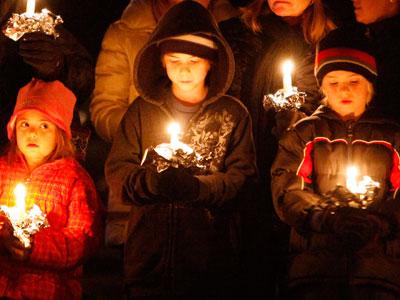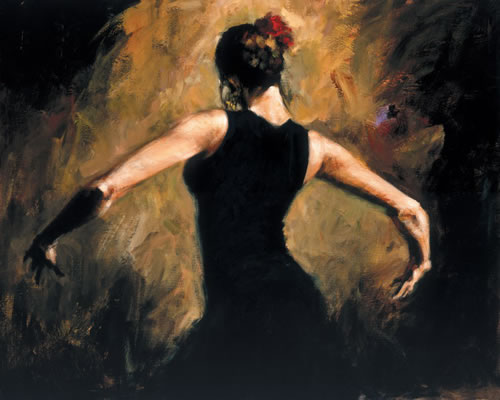The documentary, National
Geographic: Science of Babies is an observational piece that examines
the complex and dynamic subtleties of baby development during the first 12
months. This eye-opening documentary is literally
set in stage at the beginning. The
picture opens with a curtain rising revealing the minute and seemingly normal
activities of a baby, playing on an empty theater stage. From this “center stage,” the narrator pulls
the viewer into the first stage of the baby’s life, delivery. Intense B-roll footage of baby deliveries as
well as the post delivery process is shown.
However, the magic is shown in the experiments done. Revealing infant-kind’s inheritance from
evolutionary processes, the documentary unexpectedly discusses the magic of
language learning, walking, social recognition and other behavioral biology changes
a baby undergoes in just ONE year.
The
documentary’s method of storytelling is literary and dramatic, and real-time in
its cinematography. In terms of the
literary working, the concept of a baby is dramatically interpreted as a
character on stage, learning, interacting, and experiencing. One stage of the baby’s performance might be
the throwing of a ball, and this catalyzes a camera documentation of research
relating to motor skills development.
Researchers and Scientists become the center players now, portrayed
through close up shots of Computer Screens and Machinery, Medical Imaging, and
Animated shots of orbiting neurons of Baby’s inside world. In addition to the more literal cinematography,
the baby’s point of view is also figuratively established to give an insider
view on how a baby actually develops.
This is done through clever camera tilts and jerks give the sense of how
a baby walks at first.
Although, I
loved the artistic and visual aspect of this documentary, the real treasure was
the breathtaking discovery and research-based knowledge! Scientists and Human Development experts from
all across the spectrum contributed their perspectives on essentially evolutionary
trends on why babies develop the way do.
Neurobiologists, Cognitive Scientists, Behavioral Specialists, and
Pediatricians, gave a variety of inputs, resulted in a diversified knowledge. For instance, when explaining why babies are
able to process words in the way they do, Computer Scientists compared their
ability to being superior to robots, while Pediatricians looked at the more
social and environmental trends that allow one to learn words. Psychologists focused on how babies loose
abilities to detect subtlety in facial expressions of primates, but inherently learn
how to do math. These ground-breaking
discoveries weren't the only impressive facets of this documentary. The social and game/play-oriented experiments
through which this research was done WAS ACTUALLY FILMED! Thus, I got not only
a literary/informational perspective of the science in general, but also was
able to see the proof and play behind it.
I highly
recommend this documentary to behavior science or biology aficionados. The facts are packed with interesting NEW AND
COMING research, as well as a plethora of scientists and well-reputable
sources. For the softhearted and baby-loving
audience, this documentary has plenty of sequences of crawling, giggling, and
happy babies, are sure to delight your guchi-goo! A unique balance of biology and babies earns this documentary
four out of five stars!




